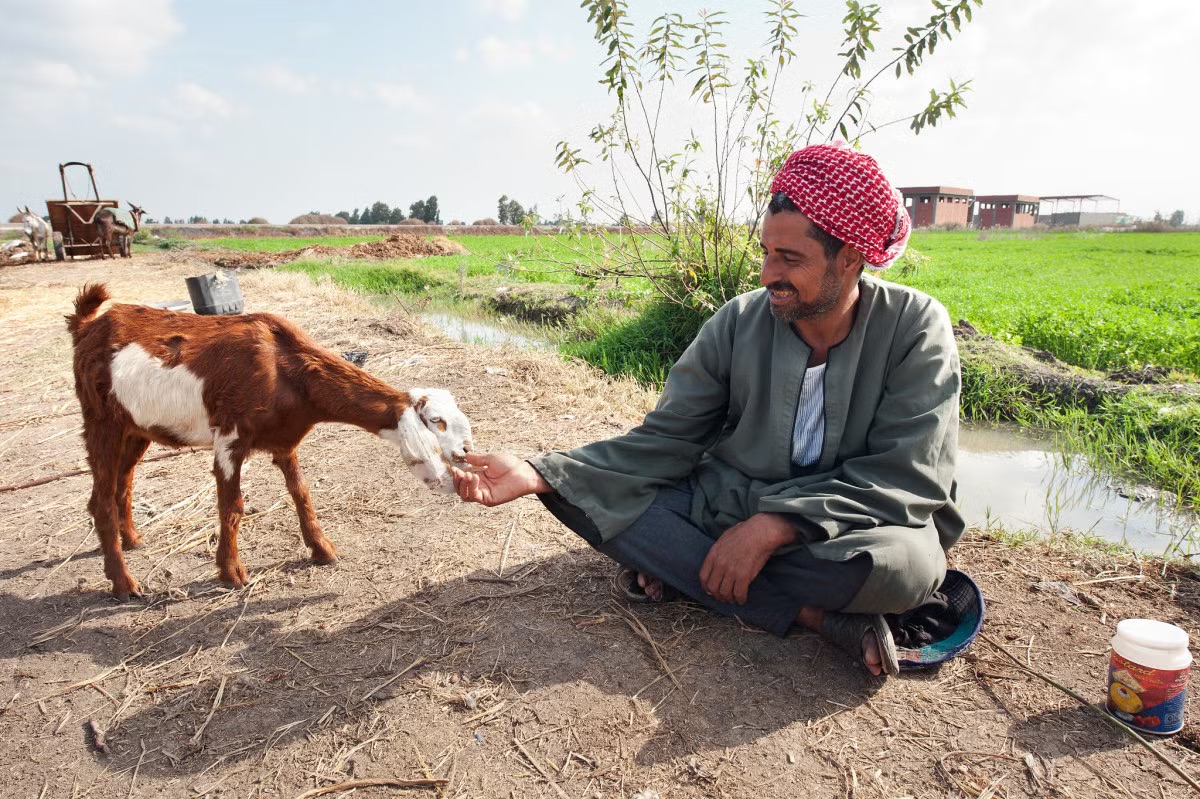With the country experiencing what was dubbed as the “worst drought on record” and the continuation of a multifaceted socioeconomic crisis, Lebanon’s climate issues can no longer be treated as secondary.
Holistically, what are considered as “narrow”, climate matters such as pollution, CO2 emissions, and rising temperatures cannot be separated from the overall political economy in the country. In Lebanon, as is the case in the Middle East and North Africa region, tackling the adverse impacts of climate change is part and parcel of broader socioeconomic rejuvenation efforts.
All Vital Sectors Are Climate-Heavy
Adverse climate conditions have had destructive impacts on the country’s vital sectors and local socioeconomic conditions. Lebanon’s food security prospects remain grim, with the latest Integrated Food Security Phase Classification report indicated that about 1.17 million individuals have continued facing high levels of acute food insecurity during the second quarter of the year.
This goes hand in hand with the deterioration, mismanagement, and neglect of the country’s agricultural sector. Agriculture, despite playing a pivotal role throughout Lebanese history, has been a deteriorating for the last several decades at the expense of non-productive, rentier sectors. The sector hasn’t received more than 0.5 percent of consecutive national budgets, whereas inequalities plague the sector with ten percent of landowners controlling two-thirds of agricultural land.
The latest war exasperated both climate and agriculture, as Israeli attacks have burned over 10,800 hectares according to early November estimates and blocked farmers from accessing their land during peak harvesting season, not to mention those who lost their lands and their long-term livelihood opportunities.
Water Issues
Moreover, the country and many of these farmers are currently suffering from significantly low levels of precipitation during wet seasons. Many, from agricultural land workers to average families that care for small plants on their balconies, have reported an exceptionally deadly season for their produce, citing unusually low lifespans and growth for plants.
The latest drought is exceptionally tough on the country’s climate. The Litani River Authority reported that inflows into the Qaraoun lake during this year’s rain season did not exceed 45 million cubic meters, significantly below the 350 million cubic meters annual average. The lake currently contains 61 million cubic meters of water which are unfit for use due to severe pollution.
These conditions were exasperated by Israeli strikes on water infrastructure across Lebanon, damaging 46 water facilities and impacting nearly 497,000 residents, mainly in South Lebanon and the Bekaa region, which are known to contain a large portion of Lebanon’s agricultural land.
For the country’s greenery, water remains particularly important especially due to the continued, widespread usage of outdated agricultural watering techniques, which consume a lot of water and reduce the efficiency of green growth efforts. Technical capacity building and methodological innovation remain critical to improve conditions in the sector.
A Holistic Issue
As matters stand, the policymaking trend of compartmentalizing environmental issues is not sustainable. Climate change needs to urgently feature across major political economy files and policy discussions at the level of parliament, the cabinet, and politicians’ discourses. So far, only a few actors such as the ministries of environment and agriculture and environment-focused centers such as the American University of Beirut’s Nature Conservation Center and activist groups have tackled the issue.
It also central to the quest raised by the new government, president, and municipalities for lifting Lebanon out of the crisis toward the path to prosperity. The question is then: Prosperity for who?
Climate issues in the country remain issues of inequality. While everyone is impacted by the high levels of pollution and events such as wildfires and road-clogging floods, many are disproportionately impacted. Groups such as small-scale farmers, refugees living in ill-maintained camps with electric wires intersecting and causing fire during floods, small businesses, and children are some of the most impacted.
Relatedly, enhancing the country’s greenery and productive sectors such as agriculture forms central part of protecting local social protection and self-sustenance prospects. Instead of relying on a political economy that prioritizes rentier activities and export-oriented production, protecting and empowering the population’s poorest and most vulnerable groups should be the first step of any well-meaning political initiative.
The latest campaign by the Ministry of Energy and Water is a welcome step, but more needs to be done to integrate intersectional issues in the country as part of a holistic political economy framework geared toward resilience, productivity, and sustainability.


